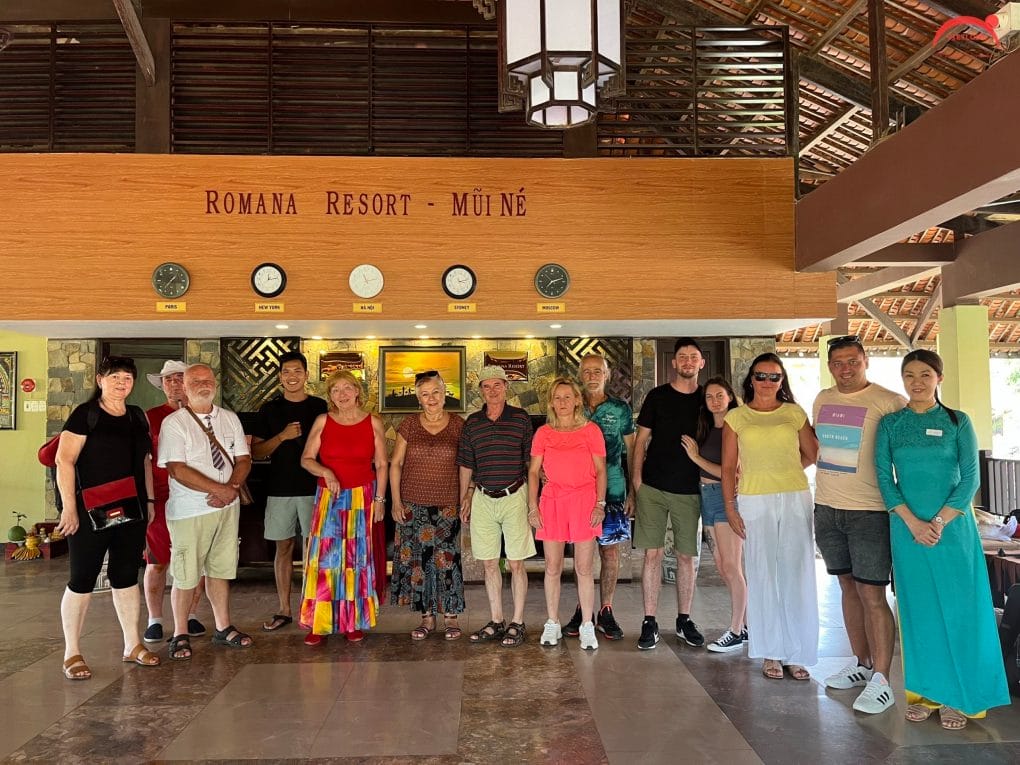MYANMAR EDUCATION SYSTEM
The education system of Myanmar is operated by the Ministry of Education. Universities and professional institutes from upper Myanmar and lower Myanmar are run by two separate entities, the Departments of Higher Learning 1 and 2, whose offices are based in Mandalay and Yangon respectively. The education system is based on the United Kingdom’s system, due to nearly a century of British presence in Myanmar.
The education system of Myanmar is operated by the Ministry of Education. Universities and professional institutes from upper Myanmar and lower Myanmar are run by two separate entities, the Departments of Higher Learning 1 and 2, whose offices are based in Mandalay and Yangon respectively. The education system is based on the United Kingdom’s system, due to nearly a century of British presence in Myanmar. Nearly all schools are government-operated, but recently, there has been an increase in privately funded schools (which specialise in English). Schooling is compulsory until the end of elementary school. Many students attend universities at overseas countries such as Singapore and Thailand for a Master’s degree.
The literacy rate of Myanmar, according the UNESCO Institute of Statistics (2005) stands at 89.7% (males: 93.7%, females: 86.2%), although there is dispute over the accuracy of the provided literacy rates. The annual budget allocated to education by the government is low; only about 1.2% is spent per year on education.
The education in Myanmar has long been regarded as important and significant. Traditionally, boys were taught at monastery schools, where they would learn Burmese and basic arithmetic skills. However, British colonial rule caused a shift towards a Westernised education system. Christian missionary schools in Yangon, Mandalay and other major cities served as preparatory schools for the upper classes. During this period Burmese universities were thought to be the most prestigious in Southeast Asia.
When Myanmar gained independence in 1948, the government sought to create a literate and educated population, and Myanmar was believed to be on its way to become the first Asian Tiger in the region. However, military dictatorship took hold in 1962 and Myanmar became an isolated and impoverished nation. All schools were nationalised and standards began to fall. When the government renamed itself the State Law and Order Restoration Council (SLORC) in the early 1990s, major universities such as the University of Yangon (formerly known as Rangoon Arts and Sciences University) and the University of Mandalay were shut down due to continuing student unrest and protests. However, they were reopened in the late 1990s.
Today, Myanmar lags far behind in terms of educational standards. Once at its zenith in the region, Myanmar today has unqualified teachers, very little resources, and aging materials. Many universities have been built and scattered throughout cities to prevent students from potential unrest.
The education system of Myanmar is operated by the Ministry of Education. Universities and professional institutes from upper Myanmar and lower Myanmar are run by two separate entities, the Departments of Higher Learning 1 and 2, whose offices are based in Mandalay and Yangon respectively. The education system is based on the United Kingdom’s system, due to nearly a century of British presence in Myanmar. Nearly all schools are government-operated, but recently, there has been an increase in privately funded schools (which specialise in English). Schooling is compulsory until the end of elementary school. Many students attend universities at overseas countries such as Singapore and Thailand for a Master’s degree.
The literacy rate of Myanmar, according the UNESCO Institute of Statistics (2005) stands at 89.7% (males: 93.7%, females: 86.2%), although there is dispute over the accuracy of the provided literacy rates. The annual budget allocated to education by the government is low; only about 1.2% is spent per year on education.
The education in Myanmar has long been regarded as important and significant. Traditionally, boys were taught at monastery schools, where they would learn Burmese and basic arithmetic skills. However, British colonial rule caused a shift towards a Westernised education system. Christian missionary schools in Yangon, Mandalay and other major cities served as preparatory schools for the upper classes. During this period Burmese universities were thought to be the most prestigious in Southeast Asia.
When Myanmar gained independence in 1948, the government sought to create a literate and educated population, and Myanmar was believed to be on its way to become the first Asian Tiger in the region. However, military dictatorship took hold in 1962 and Myanmar became an isolated and impoverished nation. All schools were nationalised and standards began to fall. When the government renamed itself the State Law and Order Restoration Council (SLORC) in the early 1990s, major universities such as the University of Yangon (formerly known as Rangoon Arts and Sciences University) and the University of Mandalay were shut down due to continuing student unrest and protests. However, they were reopened in the late 1990s.
Today, Myanmar lags far behind in terms of educational standards. Once at its zenith in the region, Myanmar today has unqualified teachers, very little resources, and aging materials. Many universities have been built and scattered throughout cities to prevent students from potential unrest.






